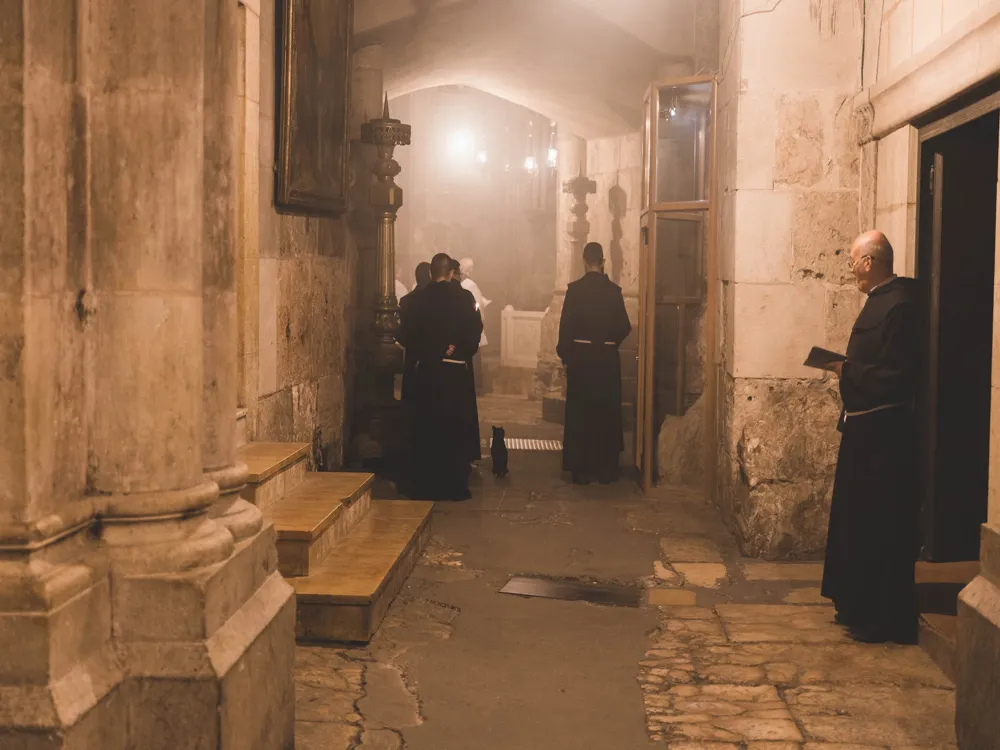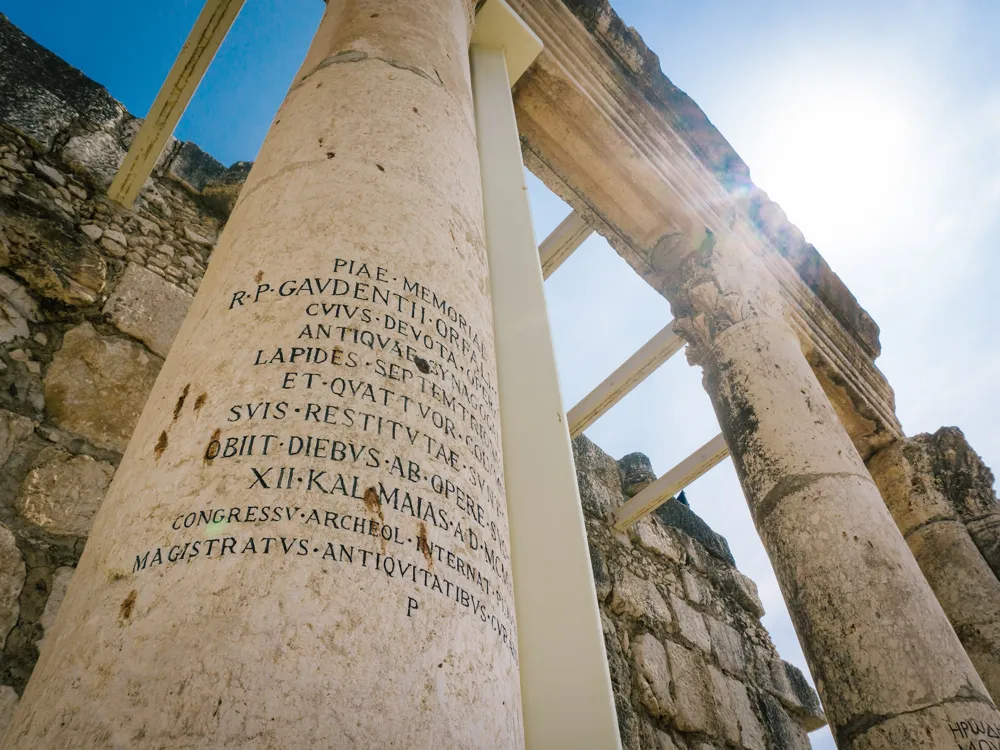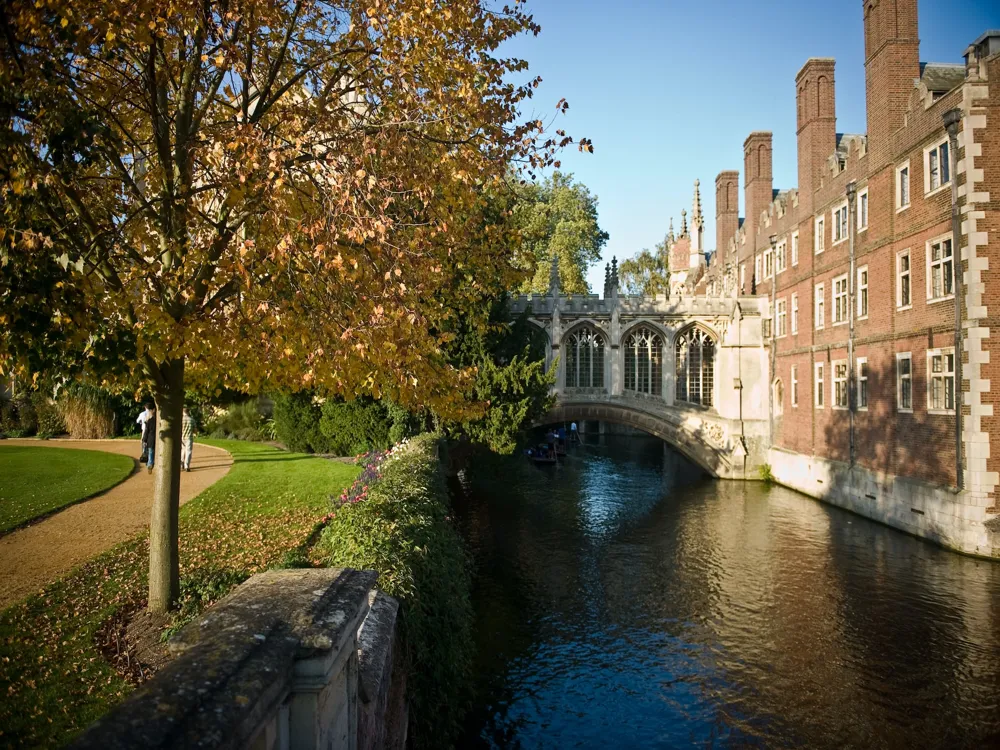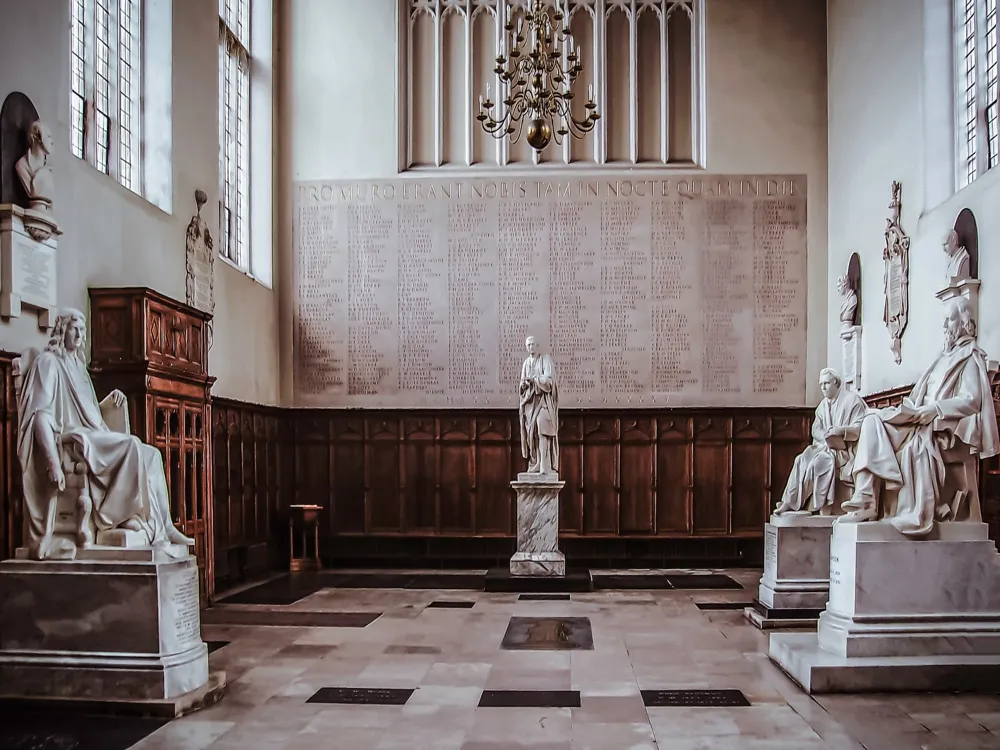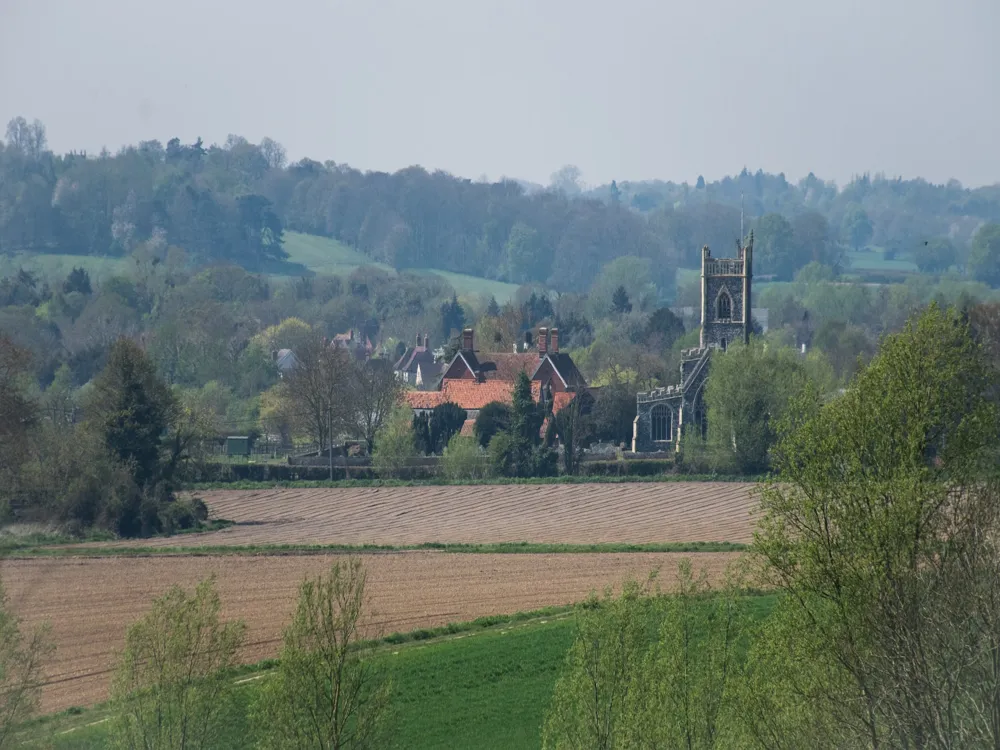The City of David, an ancient nucleus of Jerusalem, is a site brimming with historical and archaeological significance. This ancient city, which predates much of Jerusalem's more commonly known sections, offers a unique glimpse into the past, showcasing remnants from various periods. It is widely acknowledged as the original urban core of ancient Jerusalem, where King David established his kingdom, and it has been a focal point for archaeological excavations since the 19th century. Located on a narrow ridge south of the present-day Old City, the City of David boasts a rich history that dates back over 3,000 years. It encompasses the period of the Hebrew Bible and is believed to be the site of various biblical events. Archaeologists have unearthed a plethora of artifacts here, including ancient buildings, fortifications, and a water system that reveals the ingenuity of ancient civilizations. This site not only provides insights into the Judaic, Christian, and Islamic heritage but also into the broader history of urban development in this region. The exploration of the City of David continues to yield significant historical insights, reshaping our understanding of Jerusalem's past. Its narrow alleys, ancient structures, and underground tunnels tell the story of a city that has been a focal point of religious, political, and cultural life for millennia. For those interested in history, archaeology, or the study of ancient civilizations, the City of David offers a unique and enriching experience. The City of David, an archaeological treasure in the heart of Jerusalem, showcases a diverse array of architectural styles that span several millennia. The city's architecture reflects the numerous cultures and civilizations that have inhabited this area, from ancient Canaanites and Israelites to Byzantines and early Muslims. One of the most significant architectural finds in the City of David is the remains of King David's palace, a structure that showcases the grandeur and sophistication of ancient Israelite architecture. The palace's design reflects the political and cultural influence of the Israelite kingdom during its time. Additionally, the city's fortification systems, including massive walls and towers, exemplify ancient military architecture and the constant need for defense in a historically tumultuous region. Apart from palatial and defensive structures, the City of David also contains remnants of everyday life, such as homes, public buildings, and streets. These structures provide a window into the daily lives of its ancient inhabitants, revealing details about their domestic architecture, urban planning, and social structures. The ancient water system, including Hezekiah's Tunnel, is a marvel of engineering, demonstrating the ingenuity of ancient civilizations in managing water resources. The architectural landscape of the City of David is a testament to the city's historical importance and its role as a cultural and political center in the ancient world. The blending of various architectural styles and innovations over the centuries highlights the dynamic history of Jerusalem and its significance to different civilizations and religions. Spring and autumn are ideal for visiting the City of David, offering pleasant weather and avoiding the extreme heat of summer or the unpredictability of winter weather. Opting for a guided tour can enhance your visit, providing expert insights into the site's history and archaeological significance. Comfortable walking shoes are a must. Also, consider bringing water, a hat, sunscreen, and a camera to capture the historic sites. While parts of the City of David are accessible, some areas, particularly the underground tunnels, may not be suitable for those with mobility issues. As an ancient and sacred site, visitors are encouraged to show respect by dressing modestly and behaving appropriately. The City of David is located just outside the walls of the Old City of Jerusalem and is easily accessible by various modes of transportation. Visitors can reach the site by bus, light rail, or car. There are several parking options nearby, and the site is within walking distance of the Old City and other major attractions in Jerusalem. For those using public transportation, the nearest light rail stop is the City Hall station, from which the City of David is a short walk away. Additionally, numerous bus lines serve the area, making it convenient for visitors to reach the site from different parts of the city. Read More: Overview of the City of David in Jerusalem
Architecture of the City of David
Tips When Visiting the City of David
Best Time to Visit
Guided Tours
What to Bring
Accessibility
Respecting the Site
How To Reach the City of David
City of David
Jerusalem
₹ 50,300 onwards
View jerusalem Packages
Weather :
Tags : City
Timings : October - March:
Sunday - Thursday: 8:00 AM - 5:00 PM,
Friday: 8:00 AM - 2:00 PM,
April - September:
Sunday - Thursday: 8:00 AM - 7:00 PM,
Friday: 8:00 AM - 4:00 PM
Entry Fee : Adult - NIS 29,
Child - NIS 15,
Movie - NIS 13
Planning a Trip? Ask Your Question
Jerusalem Travel Packages
View All Packages For Jerusalem
Top Hotel Collections for Jerusalem

Private Pool

Luxury Hotels

5-Star Hotels

Pet Friendly
Top Hotels Near Jerusalem
Other Top Ranking Places In Jerusalem
View All Places To Visit In jerusalem
View jerusalem Packages
Weather :
Tags : City
Timings : October - March:
Sunday - Thursday: 8:00 AM - 5:00 PM,
Friday: 8:00 AM - 2:00 PM,
April - September:
Sunday - Thursday: 8:00 AM - 7:00 PM,
Friday: 8:00 AM - 4:00 PM
Entry Fee : Adult - NIS 29,
Child - NIS 15,
Movie - NIS 13
Planning a Trip? Ask Your Question
Jerusalem Travel Packages
View All Packages For Jerusalem
Top Hotel Collections for Jerusalem

Private Pool

Luxury Hotels

5-Star Hotels

Pet Friendly







